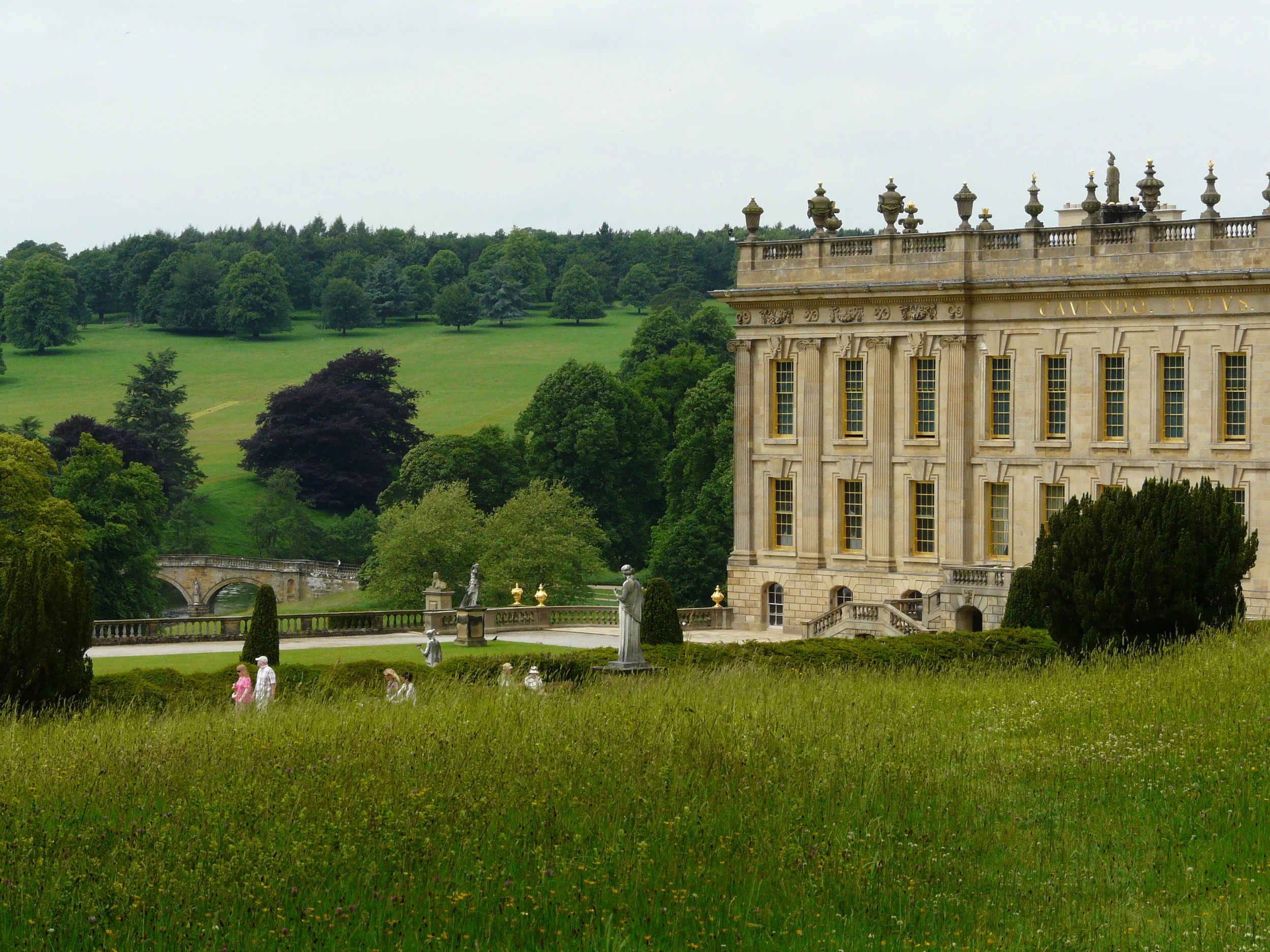Notes from the Field (ix)
I have been horizontal for 48 hours due to another bout of flu, and also very bored, so I figured it would be a good time to catch up on my blog of my UK trip.
Following my stay in Cambridge, I zigzagged east across the country to Matlock, an extremely pretty little town nestled between hills. The River Derwent ran through it, leafy trees hanging over the banks, and 19th century townhouses stretched up a slope in the distance. I was disappointed that I only spent an evening here, as the next day (after the most enormous British breakfast ever) I caught the bus to Chatsworth House.
One of Mangles’ correspondents was Joseph Paxton, a gardener trained at Kew who was appointed head gardener at Chatsworth in 1826, when he was 23. Chatsworth was home to the Duke of Devonshire, and Paxton was employed by the 6th Duke. In 1836 Paxton began building the Great Conservatory, which was a test run for the Crystal Palace, which he had designed for the 1851 Great Exhibition. He remained Head Gardener at Chatsworth until 1858.
I had been in touch with the archivists, who told me that a previous Australian had been through the archives and hadn’t uncovered anything. I assumed this was William Lines, who wrote the second biography of Georgiana, An All Consuming Passion. I still wanted to check the material out, because what one researcher finds in the archives isn’t necessarily going to be the same as the next researcher.
The house was undergoing restoration, and when I checked in I was led through a rabbit warren of dark rooms and stairs up to the offices. I took photos of Paxton’s letters written around the same time as those he wrote to Mangles (which are in Mangles’ letterbooks in the Battye Library in Perth), just in case I could glean anything from them, but nothing jumped out.
Mangles sent Georgiana’s seeds to Paxton, who grew them in the gardens of Chatsworth. Georgiana didn’t yet know the names for these plants, so she used a list of numbers. Paxton wrote that her collection was ‘collectively, the best and contains more good things than I have before received from that interesting part of the world.’ He sowed the Australian seeds, writing to Mangles on 3rd September 1839 that ‘It is with pleasure that I am enabled to communicate so favourable a visit from your invaluable collections of seeds. Several hundreds of the two last lots have vegetated, and are now making fine young plants. I have had a list made of those “Numbers’ of those which have vegetated’. When they grew, Paxton was able to identify them as kennedias, hoveas, chorizema, anigozanthos, mimosas (wattle) and everlastings.
There were a couple of letters from George Wailes, another correspondent of Mangles’ and John Lindley’s, regarding the horticultural show he organised as part of a ‘Fancy Fair’. Wailes wanted to show the Victoria Regia, a giant water lily (now Victoria Amazonia), and while the flower turned up, the leaf didn’t! More of Wailes in the next post.
Ladies near a folly & giant rhubarb.
I took a break at lunch and wandered out into the gardens, which had been under siege the weekend before from the Royal Horticultural Society Chatsworth Flower Show (the hotel manager in Matlock told me the hotel had been bursting at the seams with flower enthusiasts). I didn’t have time to see inside the house itself – I left in mid-afternoon to catch another series of complicated trains to Newcastle, as I was staying with friends and didn’t want to be too late.
I arranged for a cab to take me from Chatsworth to Chesterfield. The cabbie was a nice chap who pointed out the crooked spire of St Mary’s as he drove me to the station. It had twisted because the wood was green, so the timber warped over time, and also because the lead tiles used to cover the wood were very heavy. I was altogether very taken with the area, which is at the edge of the Peak District - clearly another visit is in order.
River Derwent in Matlock



